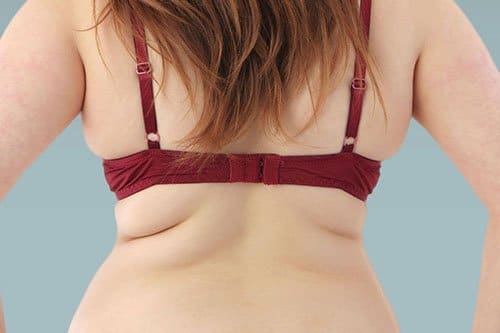# 1: Abdomen
Most of the fat that accumulates in the belly is subcutaneous fat (the pinchable, squishy fat that sits right between your skin and muscle, and stores extra calories). This kind of fat responds well to the liposuction procedure.
The best candidates are typically within 20 pounds of their ideal body weight and don’t have a history of massive weight loss. If, however, the skin and abdominal wall is permanently stretched (for example, after pregnancy), a tummy tuck may be a better option.
# 2: Waist And Hips
Liposuction can significantly improve the appearance of a fatty waist and reduce waist measurement by several centimeters. It can also remove rolls of fat that gather right under the bra strap and ruin the silhouette of a well-fitting blouse, t-shirt or dress. Treatment of the waist area can be combined with liposuction in the abdomen and hips to further streamline the overall appearance of the body.
# 3: Thighs
Fat deposits in the outer thighs, commonly known as `saddle bags’, respond very well to liposuction. Also, if you’re troubled by the way your inner thighs touch when you’re trying to rock tight, form-fitting jeans, liposuction might be able to create the gap you desire when standing up straight.
Another advantage of getting rid of accumulated fat that causes this inner-thigh rubbing is not getting an unattractive, dark skin patch from constant friction. The process can target just the upper inner thigh, as that is the area that tends to touch the most but can be performed all along the inner thigh as well, if necessary.
# 4: Flanks
Fat deposit in the flanks (`love handles’between the bottom of the rib cage and the top of the waist) is difficult to slim down with conventional weight loss measures. The skin here is usually very elastic, and it responds well to liposuction treatment. For women, it helps achieve the coveted S-shape, narrowing the waist at the sides, while men use it to create a V-shape from shoulders to waist that makes them appear slimmer and more fit.


